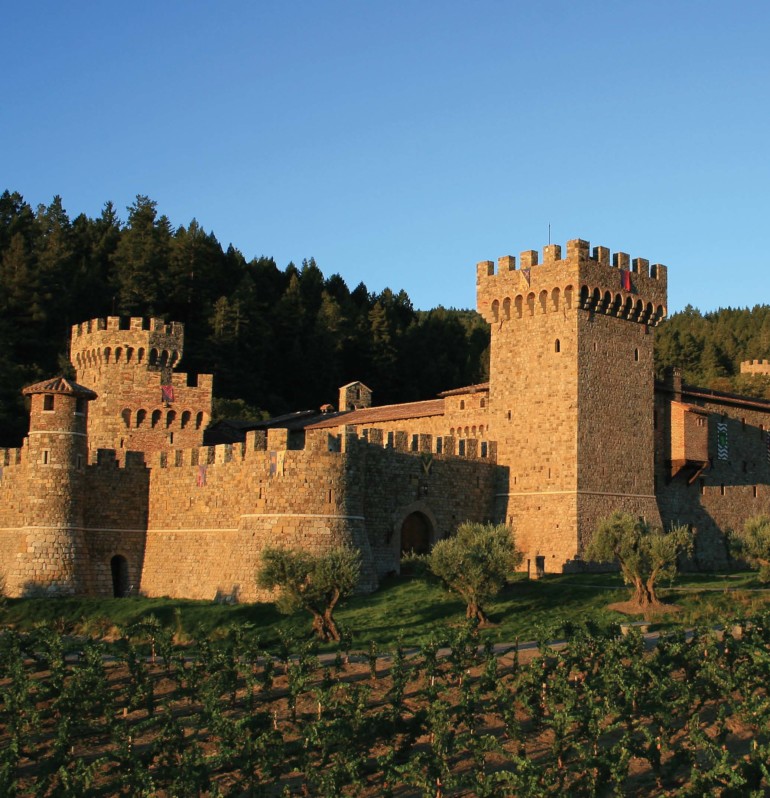Enjoy this round up of Wine Country items from the Spring of 2018.
PORCH POUNDER
Probably not the most sophisticated of names, but then again, that’s not the point. The brand was founded by friends Paul Quinn and James Schreiner, and the chard and pinot noir juice comes from the flourishing Paso Robles region. $24 per four-pack.
SOFIA’S BLANC DE BLANC MINI
Francis Ford Coppola pioneered the canned wine movement in 2004. He named this one after his daughter and was inspired by vending machines he saw in Japan. The line has expanded to include riesling, rosé, chardonnay and more recently, brut rosé. $20 per four-pack, straw included.
UNDERWOOD
Produced by Oregon-based Union Wine Co., an early can-adopter that uses the slogan “Pinkies Down.” The rosé and pinot noir, especially, are more complex than you’d expect. You’d never guess this comes from a can. $28 per four-pack.
WEST SIDE WINE CO.
From Seattle-based Precept Wine Co. but with California grapes. The company offers chardonnay and cabernet — a bit unusual, as you’ll tend to find more whites and sparkling wine in cans. The increasingly popular wines are sold at Whole Foods and many U.S. airports. $16 per four-pack.

TIPPING POINTS
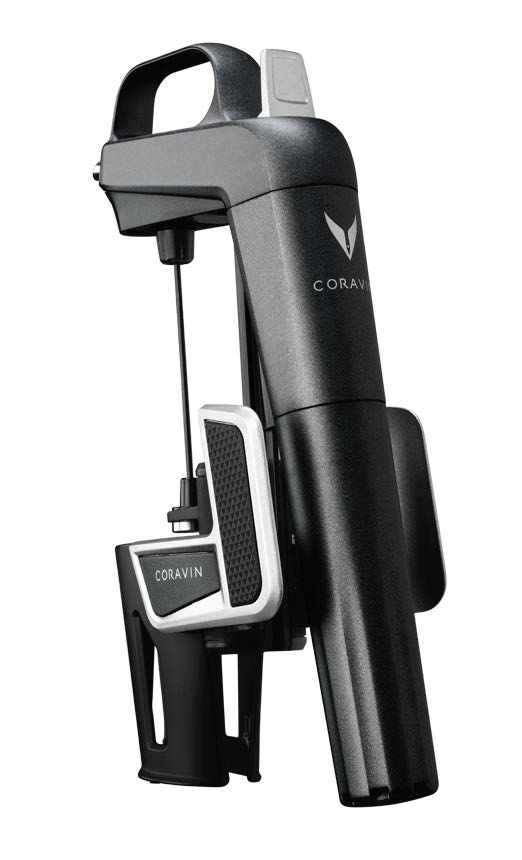
Some wine tools might be gimmicky, but this one’s all science. The brainchild of Greg Lambrecht, a medical device inventor specializing in needles, the Coravin is a preservation tool that lets drinkers siphon a taste from a bottle without pulling the cork. The device inserts a needle into the cork of the unopened wine and injects argon gas as a protective layer against oxidation while you pour. Lambrecht came up with the idea for the Coravin while his wife was pregnant; he wanted to continue enjoying wines without committing to an entire bottle or letting it spoil. The product, more than 13 years in the making from concept to completion, is the first of its kind; renowned wine critic Robert M. Parker Jr. calls it “the most transformational and exciting new product for wine lovers that has been developed in the last 30-plus years.”
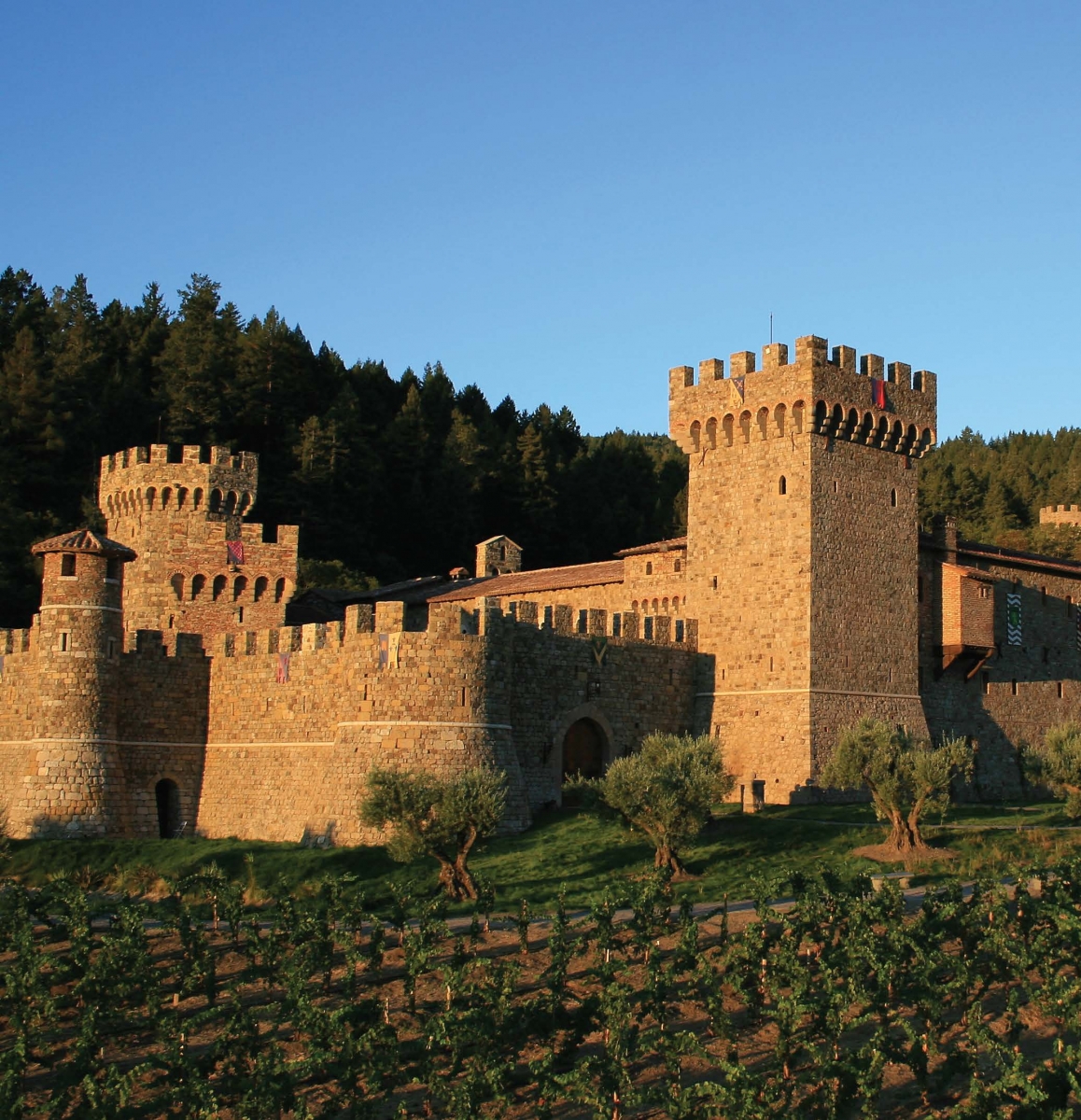
CASTLE KEEPSAKE
It translates as “Castle of Love”; locals call it the Castle. When Italian-American winemaker Dario Sattui set out to build Castello di Amorosa on his property in early 1995, he modeled it after a 13th-century Tuscan structure. Nestled on his 17-acre property with 30 acres of vineyards just south of Calistoga, it was crafted by builders from eight different countries with materials gathered from five. More than 8,000 tons of stone were chiseled by hand, not sawn, to make the replication completely authentic. Sattui has an obsession, one might say, with medieval buildings: he owns several properties in Italy, including a castle, a monastery and a palace, as well as V. Sattui Winery in St. Helena. Originally his great-grandfather’s property and subsequently dormant more than 50 years, that winery turned a profit in the first year after Sattui reopened it with a mere $8,000 in 1976. His recent project wasn’t quite as easy: stress from the construction led to divorce, hair loss and bankruptcy before he finally opened Castello di Amorosa in 2007.
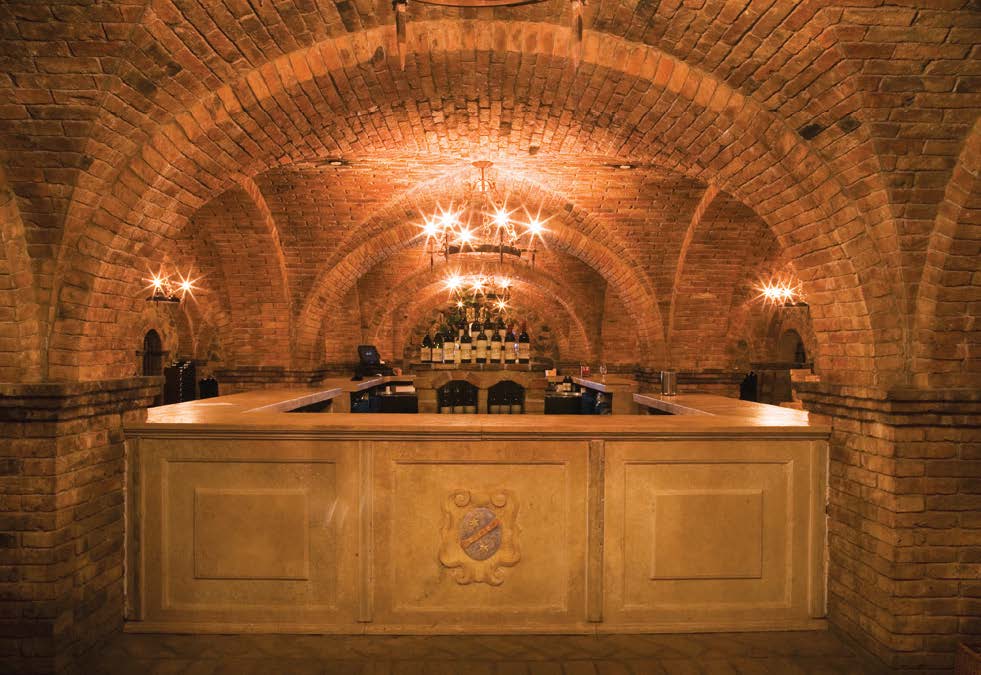
THINK PINK
Rosés finally get the credit they deserve. For decades, oenophiles in Britain and the rest of Europe rolled their eyes at Americans’ disdain for “blush” wines, having long known how tasty and food-friendly these gorgeously hued wines can be. Although the less-esteemed sweeter white zinfandel has lately lost some popularity in the States, sales of dry rosés — domestic and imported — have consistently risen here, for nine years and counting. We Yanks may take awhile, but then we get it. The beauty of rosé is that you can make it anywhere in the world from almost any red grape; colors range from onion skin to candy-apple red and everything in between, depending partly on how long the skins stay in contact with the juice: whereas deep red wines can spend days in the tank, rosés typically are there just a few hours. For a decent bottle you can spend a little or a little more; here are two you won’t want to miss.
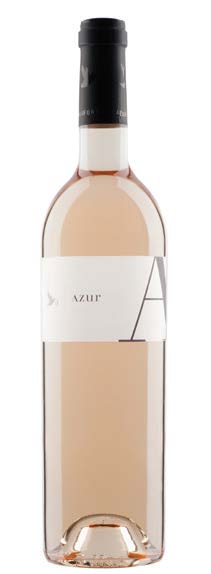
AZUR
After making wine at two renowned Bordeaux properties, Julien Fayard has adhered to French tradition in Napa — often working alongside highly regarded winemaker Philippe Melka. Fayard crafts his small-production wine with the same methods used in Provence, and he always uses the syrah grape. $32 a bottle.
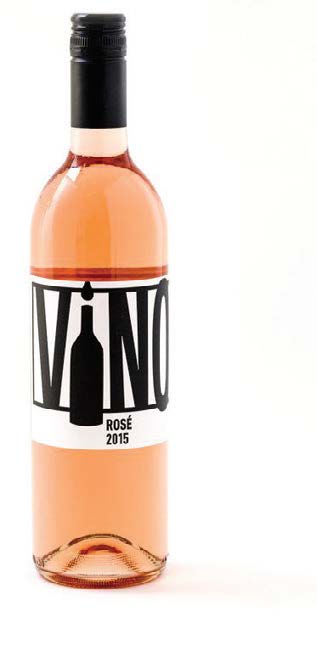
CHARLES SMITH VINO SANGIOVESE
Superstar winemaker Charles Smith was a punk rock band manager and music promoter in Europe before he moved to Seattle and started making some of the most popular wines in Washington state, often with whimsical names like Kung Fu Girl Riesling, Boom Boom Syrah, and (his famed 2001 release) K Syrah. His rosé, made from the Sangiovese grape, is $14.99 a bottle.
This article originally appeared in Marin Magazine’s print edition under the headline: “On Trend“.

